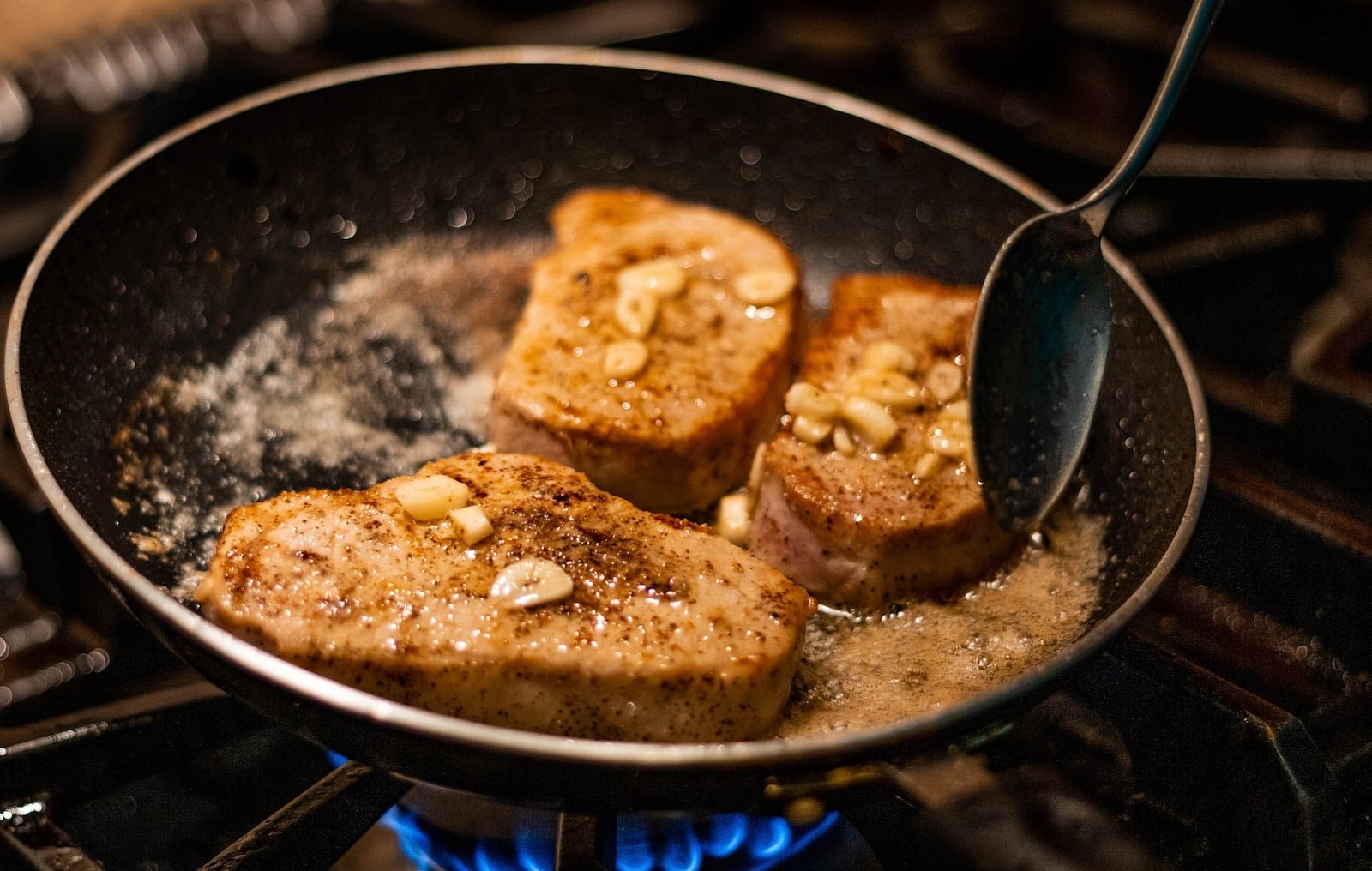When it comes to pork chops, we’re talking about a versatile and popular cut of meat that graces many a dinner table. Whether you’re planning a mid-week meal or prepping for a big family gathering, knowing how to store your pork chops properly is key to ensuring they’re not just tasty but safe to eat too!
First things first, when you bring pork chops home from the store, you want to make sure you’re storing them correctly. According to the USDA, the danger zone for meat is between 40°F and 140°F – this is the temperature range where bacteria can grow rapidly. So, your refrigerator should be set below 40°F to keep those chops in the safe zone.
Now, let’s talk timelines. Fresh, raw pork chops should be stored in the refrigerator for 3 to 5 days. If you’ve got leftover cooked pork chops, they’ll keep for about the same amount of time. But remember, these are just guidelines. The actual shelf life can also depend on a few factors like the sell-by date, how the pork was processed, and how it’s been handled before it got to your fridge.
If you’ve bought your pork chops a few days before you plan to cook them, take a look at the sell-by date. If you’re inching close to it, or past it, your best bet is to either cook the pork chops or freeze them. Pork chops can be frozen for 4 to 6 months. Just make sure you’re using airtight packaging to avoid freezer burn.
You also need to know how to tell if those pork chops are still good to go. Here are a few signs that your pork may have gone south:
The CDC and FDA are pretty clear about this: improper handling and storage of meat can lead to foodborne illnesses. The CDC estimates that each year about 48 million people get sick from a foodborne illness, with meat products being a common culprit. To keep your family safe, the FDA recommends promptly refrigerating foods and not letting cooked meats remain at room temperature for longer than two hours.
Now that you’re equipped with the knowledge of how long pork chops can stay in the fridge, you can plan your meals accordingly. If you know you won’t be able to cook them within the 3 to 5-day window, freeze them as soon as possible. And if you’re thawing frozen pork chops, do so in the refrigerator or a bowl of cold water, changing the water every 30 minutes to ensure they remain at a safe temperature.


